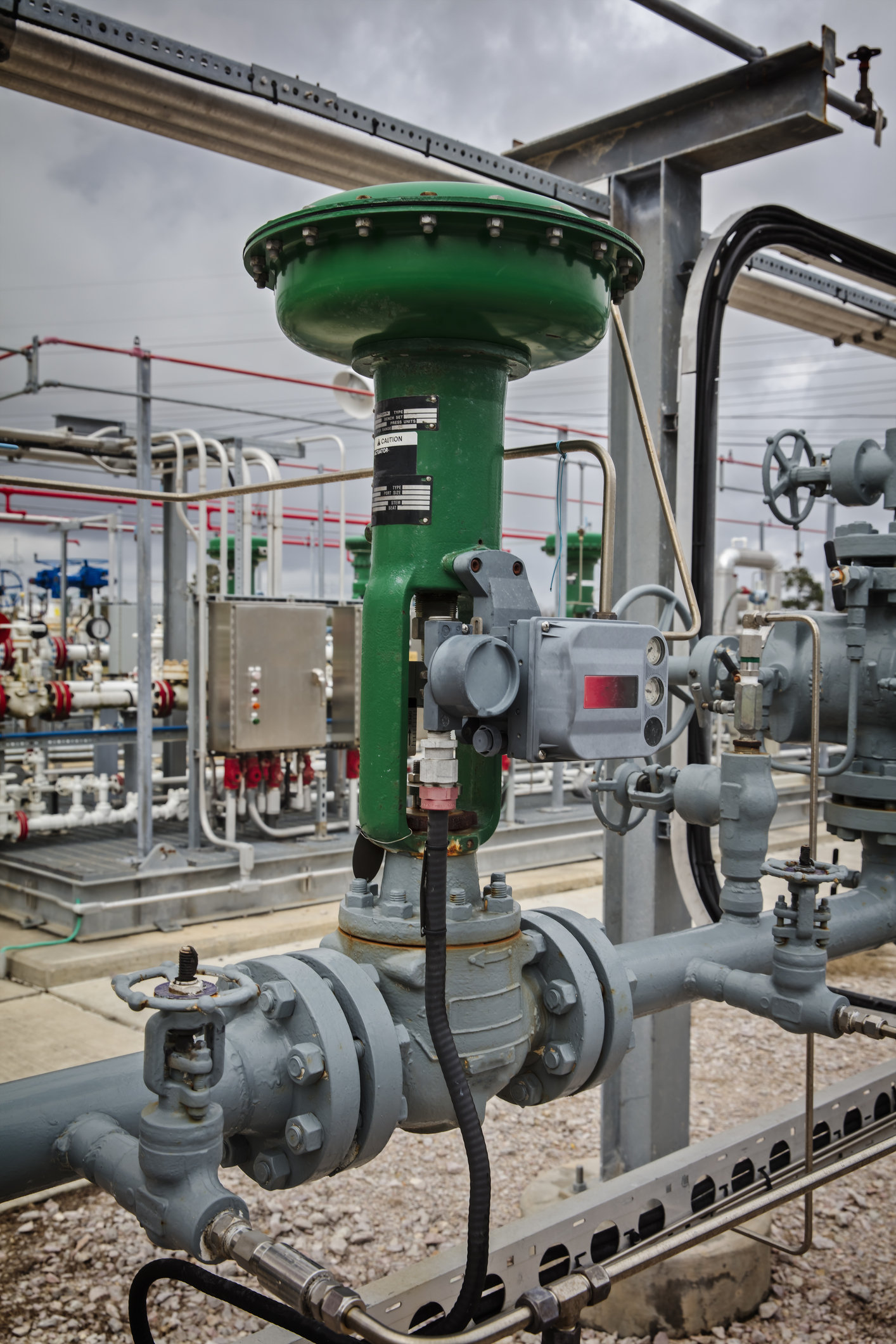This modest snapshot of the control valve industry presents market forecasts, touches on considerations during selection and finally reviews recent research work which could bring benefits for the next generation of control valve products.
By KCI Editorial.
Forecasts & Investments
All indicators seem positive for the control valve sector. One recent market forecast (Polaris Market Research) projects the global market to grow from USD$ 10.53 billion in 2025 to USD$17.07 billion by 2034, exhibiting a CAGR of 5.5%. Polaris indicate that the rising adoption of automation across various industries is boosting demand for control valves. In addition to growth in traditional sectors such as pharmaceuticals, oil & gas, power generation, etc., they suggest that expanding infrastructure projects, particularly in water and wastewater treatment, are also driving the need for advanced control valve systems.
Meanwhile, Market Research Future indicate the control valve market could reach USD$15.50 billion by 2032, although they do highlight that a lack of standardization is a challenge facing the industry. ‘This creates real problems when trying to create different brands of control valves. For example, India alone has more than 600 control valve manufacturers. Thus, branding and uniqueness is a real issue. The lack of certification has also been a key issue,’ state Polaris. Like many other research companies, they see the strongest growth in Asia Pacific as well as North America.
MarketsAndMarkets foresee similar strong growth, noting a rise in demand for rotary valves ‘owing to their efficiency, reliability, and versatility’.
These encouraging signs are backed up by good news from the control valve manufacturers themselves. For example, Emerson’s new DVC7K Digital Valve Controller was lauded by the press in 2024 on account of its flexible connectivity, easy-to-use interface, and how it enables users to analyse data in real-time to evaluate performance and reliability.
In short, the new valve controller technology improves the performance, reliability, and uptime of both on-off and control valves—and by extension an entire process plant or facility—in a wide variety of process industry applications.

Suppliers are also investing in new facilities. Hence In January 2025, IMI unveiled plans for a new USD 38 million manufacturing facility in Lake Forest, California, USA.
The new site, which will predominantly support the CCI brand of actuator and control valves, is planned to offer an improved space for employee collaboration, wellbeing and productivity. Construction will be self-funded through the sale of IMI’s current facility in Rancho Santa Margarita, California, with the company aiming to complete the move by the beginning of 2026.
Understanding the Issues
Given the nature of the job control valves are expected to perform, various factors known to influence performance should be considered during the selection process. Suppliers therefore often include helpful resources and advice on their websites.
Hence Australia-based MASCOT used a recent blog post to focus attention on control valve noise. The principal causes are given as vibration, turbulent gas flow through the valve and cavitating liquid through the valve. Options to reduce control valve noise include source treatment (such as proper sizing of the valve trim, selection of low noise trims, use of an inline diffuser, etc.) as well as path treatment (such as increasing pipe wall thickness or the use of acoustic insulation).
MASCOT stress that prevention is better than cure. They therefore indicate that the ISA and IEC organizations have developed a method of calculating valve noise in the international standard IEC 60534-8-3, ‘Industrial process control valves – Part 8-3: Noise considerations – Control valve aerodynamic noise prediction method’.
KIMRAY has any number of useful resources on its websites, including a video entitled ‘Control valve erosion: why it happens and what to do about it’. Giving an example, the presenter discusses a high pressure control valve installed in a well. The stem-guided control valve experiencing a 320-pound pressure drop. And, although the valve had a 2000-pound body, it lasted less than a week in normal operation. Apparently, as the flow came through the body, sand in the flow quickly eroded the metal, eventually boring a hole through the bottom. Options to counteract such erosion are said to include the use of an angle-body valve as well as considering the use of carbide or zirconia trim.
Emerson’s Control Valve Handbook certainly should not be overlooked. Running to over 350 pages, the sixth edition (2023) is available as a PDF and contains multiple chapters on topics such as: digital valve controllers, analog positioners, boosters, and other control valve accessories; a comprehensive guide to selecting the best control valve for an application; selection and use of special and severe service control valves; typical control valve installation and maintenance procedures, etc.

Fundamental Research
For a deep dive into specific aspects of control valve technology the following could be considered. A team from China, for example, presented ‘Erosion wear analysis on valve cage of cage-type sleeve control valve for coal liquefaction’ in the October 2024 issue of Fluids Engineering journal.1 The abstract notes how liquid–solid two-phase erosion wear can easily lead to the failure of the internal structure in the valve cage. After studying flow characteristics and erosion wear characteristics, a prediction formula for the maximum erosion rate was derived. This formula enables the swift determination of optimal structural parameters for the flow path, aiming to mitigate damage to the valve caused by erosion wear.
Meanwhile, the November 2024 issue of Progress in Nuclear Energy journal contains an article addressing ‘Research on dynamic flow rate self-sensing in control valves’.2 In this paper, the authors propose a self-sensing method for the dynamic flow rate of a control valve which, they indicate, benefits from eliminating the flowmeter and other moving parts.
For a novel sleeve-type control valve design please refer to Flow Measurement and Instrumentation’s September 2024 issue, which presents a valve with a combined valve core structure composed of an inner sleeve, an outer sleeve, and a valve plug.3 Throttle windows and orifices are machined onto both sleeves. A dual-layer sleeve movement mechanism is realized through a gear transmission structure, allowing rotation of the inner sleeve and vertical movement of the valve plug. According to the authors, this design can achieve higher adjustable ratios and regulation precision, making it relevant for the design and investigation of control valves under high-pressure differential and high-flow conditions.


